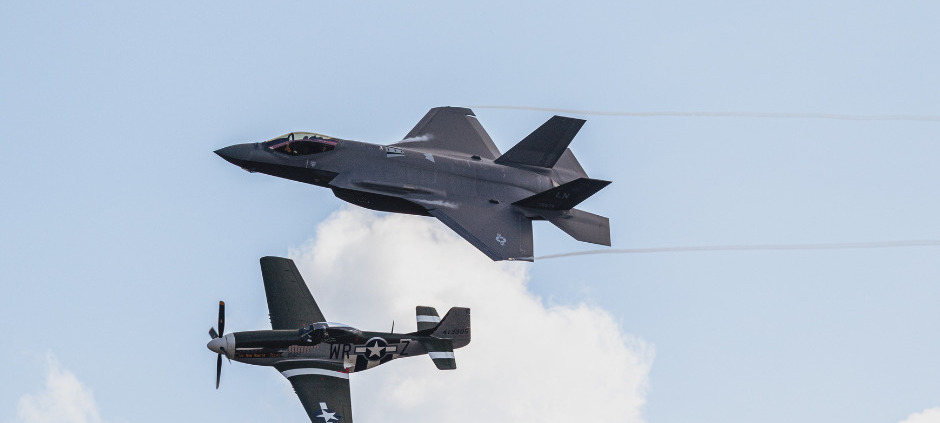Innovation in Aviation: Pushing the Limits of Human Flight
Innovation in Aviation: Pushing the Limits of Human Flight
The aviation industry has come a long way since the Wright brothers made their historic flight in 1903. With every passing year, the aviation sector has seen numerous advancements, both in terms of technology and material science. Today, air travel is faster, safer, and more comfortable than ever before. Military aviation specifically has also come a long way. From early biplanes and stealth fighters to basic cotton uniforms and advanced tactical Nomex gear, this sector has been shaped by a constant drive to improve and adapt to new threats. So, what does the future of military aviation hold? Let us explore five key innovations that have shaped military aviation in the 21st century.
Improved Aerodynamics
One of the earliest innovations in military aviation was the development of improved aerodynamics. The earliest military aircraft were simple biplanes with limited capabilities. However, as technology improved, aircraft became more aerodynamic, allowing for faster and more maneuverable aircraft. This was crucial in the development of air-to-air combat, as faster aircraft could outmaneuver and outrun enemy aircraft. The introduction of swept-wing designs in the 1950s allowed for even greater speed and maneuverability, opening the possibility of supersonic flight.
Stealth Technology
Stealth technology has revolutionized the way military aircraft operate by reducing their visibility to radar. This has greatly improved the survivability of aircraft in hostile environments, as well as their ability to carry out missions undetected. The introduction of stealth technology in the 1970s and 1980s has led to the development of stealth aircraft such as the F-117 Nighthawk and the B-2 Spirit. These aircraft are designed to evade radar detection and have been used in numerous military operations with great success.
Precision Guided Munitions
Precision-guided munitions (PGMs) have revolutionized the way military aircraft deliver ordnance. PGMs are guided bombs and missiles that use GPS, laser, or infrared guidance to accurately strike their targets with minimal collateral damage. This has greatly increased the effectiveness of air strikes and reduced the risk of civilian casualties. The use of PGMs has become widespread in recent conflicts, and their development continues to improve their accuracy and versatility.
Military Aviation Apparel
Military aviation apparel has also seen significant advancements in recent years. Today’s military aviation apparel is designed to provide maximum comfort and mobility, while also offering advanced protection against extreme weather conditions and enemy fire. The development of new materials, such as flame-resistant Nomex, has allowed for even more advanced and effective military aviation apparel.
Unmanned Aerial Vehicles (UAVs)
Unmanned aerial vehicles (UAVs) have changed the way military aviation operates, providing new capabilities for surveillance, reconnaissance, and attack. UAVs can be flown remotely or autonomously and provide a cost-effective alternative to manned aircraft. They have been used in a variety of roles, including intelligence gathering, target acquisition, and strike missions. The development of UAVs continues, with the introduction of new designs and capabilities, such as the ability to launch and recover UAVs from aircraft carriers.
Nomex Flight suits
Interested in staying ahead of the curve in military apparel? At Carter Industries, we are proud to offer the latest in Nomex flight suits and other military apparel to help military personnel perform their duties to the best of their ability. Whether you are a pilot or a ground crew member, our products are designed with your needs in mind. Contact us today!



